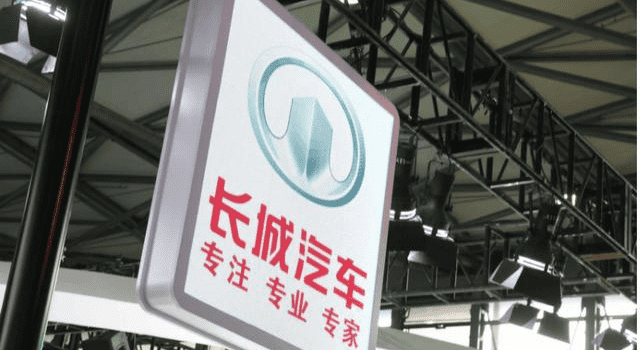Unlike PSA, Jaguar Land Rover, General Motors, Nissan and other top international manufacturers that have cut production capacity in recent years, Great Wall has been expanding its territory around the world recently, digging deep into the Russian auto market, entering India, and opening up the Thai market. So, why does Great Wall buy and buy all over the world? What is the Great Wall’s calculus behind this buying and buying?
Before answering this question, we must first review the past and present of Great Wall Motors.
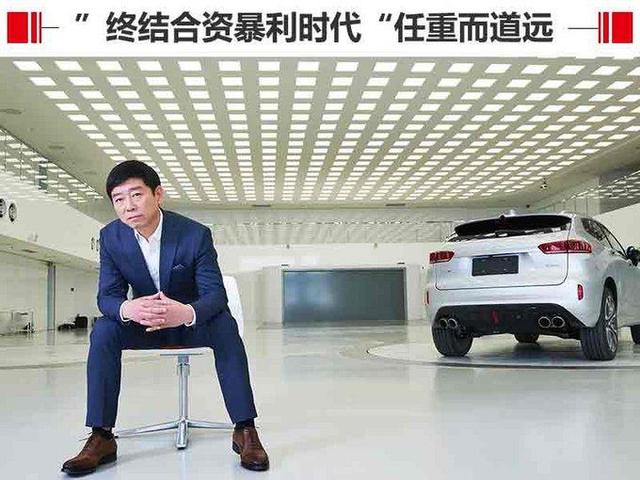
From “Baoding Car God” to the head of the Great Wall
The wealthy family background made Wei Jianjun one of the first young Chinese people to come into contact with automobiles. As soon as he graduated from high school, his family bought him a Lada. At that time, Wei Jianjun must not have imagined that one day the car he built would sell well in Russia, the hometown of the Lada brand. He often drives a Lada to play drifting at Baoding Airport, and because of this, he got the title of “Baoding Car God”.

In 1990, Wei Jianjun was ordered to become the general manager of Great Wall Industry. The problem in front of him is not only how to turn the company into profit, but also how to develop in the future.
In the first five years, the inexperienced Wei Jianjun groped his way forward and stumbled along the way. In the beginning, Great Wall looked for some small opportunities in the big market, made modifications, and made special vehicles for some local refrigeration plants and oil companies. Although the company’s profits have gradually improved, in Wei Jianjun’s eyes, making small troubles is not a long-term solution.
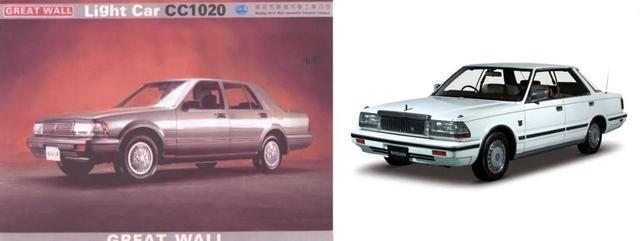
Next, Great Wall took the opportunity of agricultural vehicles to try to enter the field of vehicle manufacturing. However, the low profits of agricultural vehicles and the mixed market made it difficult to establish a brand. After a few months, Wei Jianjun stopped the project and turned to the car market. In 1993, Great Wall hand pieced together the first batch of “Great Wall cars”, priced at 100,000 yuan.
Also in that year, the State Council announced the “Automotive Industry Policy”:
“The state encourages individuals to purchase automobiles… No locality or department shall interfere with the purchase and use of automobiles of legitimate sources by individuals by administrative and economic means.”
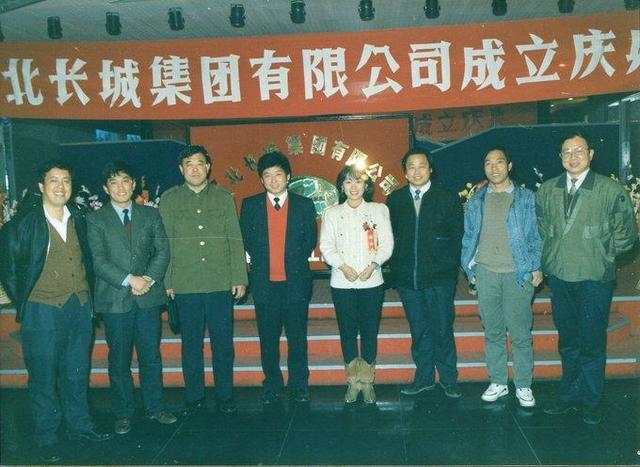
The breakthrough in the concept of private car restricted areas has brought a huge automobile consumption market to China. Wei Jianjun’s path was not wrong, but it was an era in which seniority, strength and capital were emphasized. In front of the Great Wall were the “big three and three small” (FAW). , Dongfeng, SAIC, GAC, Tianqi, BAIC) six big mountains, the “Great Wall sedan” pieced together could not be listed in the catalog, Great Wall became a black household. Without sales, the Great Wall once returned to before liberation.
Develop pickup, finding the second way into the car industry.
Many people know that the Great Wall made a fortune as a pickup truck, but few people know why Wei Jianjun chose this road.

In 1995, after the sedan project was suspended, Wei Jianjun, who returned from an investigation in the United States and Thailand, found that the Thai car market environment was similar to that of China. First, from the 1980s to the 1990s, the market economy of Thailand, one of the four tigers in Asia, developed rapidly, and the private economy, especially the self-employed, had a strong demand for pickup trucks that could pull goods; Mainly on low mountains and hills, the market for products with good passability and durability like pickups is huge. In fact, in Thailand in the 1990s, pickup sales accounted for more than a third of the entire market.
China’s East China generation, Jiangsu, Zhejiang, Jiangsu, Anhui, Fujian, Guangdong and Guangxi and Thailand have similar geographical environments. In addition, the reform and opening up has stimulated the rapid development of the local economy. Self-employed and township enterprises are in urgent need of economical and practical pickups. However, in the market environment at that time, imported Toyota and Nissan pickups were too expensive, and domestic pickups were mostly concentrated in the hands of small and medium-sized state-owned enterprises, with backward technology, poor quality, and high prices. This was a once-in-a-lifetime opportunity, and Wei Jianjun decided to give it a go, produce pickup trucks, and save the Great Wall.
To this end, Wei Jianjun bought hundreds of imported pickup trucks, and reversed research and development from local field car technicians. A year later, on March 5, Great Wall’s first Picadier rolled off the production line. The engine was purchased from Mianyang Xinchen Engine Factory, and the gearbox was from Tangshan Gear Factory. In that era when mainstream cars cost 200,000 yuan, and pickups cost more than 100,000 yuan, Deere launched at a price of about 80,000 yuan and quickly became popular, especially in Jiangsu, Zhejiang and Guangdong and Guangxi regions with developed private economies.
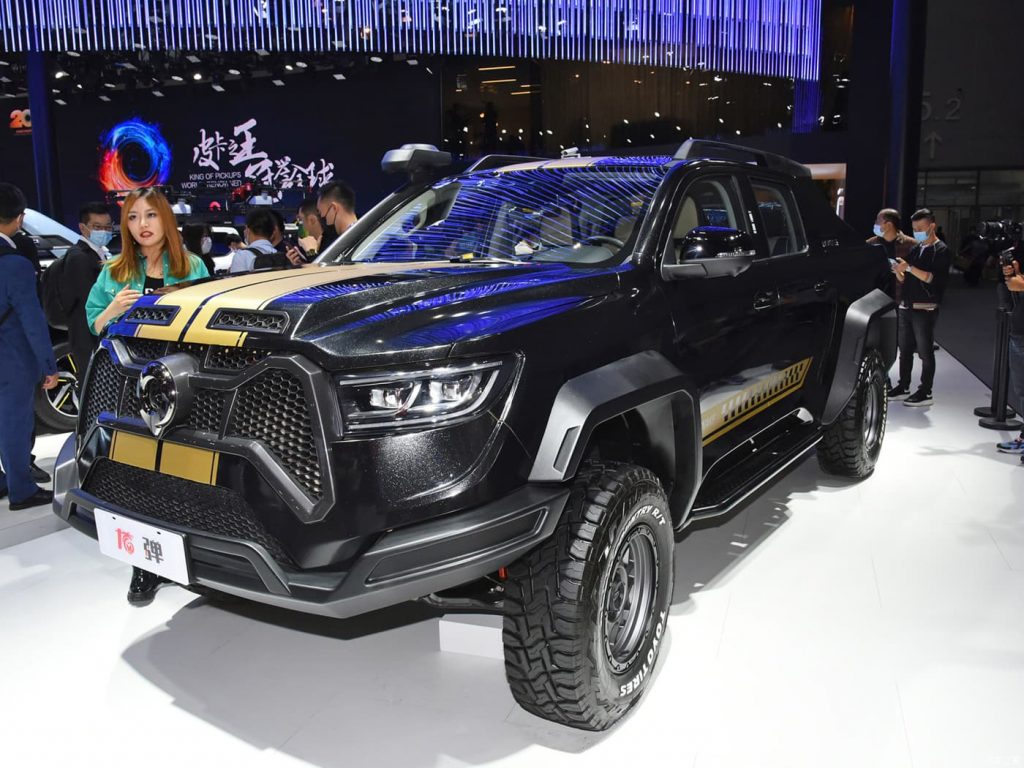
Relying on the reputation of being solid, reliable, durable and economical, Deere is called the “Jetta” in the pickup field by the market. Since 1998, Great Wall has been firmly in the top spot in the pickup field. Afterwards, Sailing and mid-to-high-end pickup truck Fengjun,were listed one after another, and Great Wall slowly went abroad. Not only did it win the sales champion of domestic pickup trucks for 22 consecutive years, but it was also as famous as Ford and Toyota, and was rated as one of the world’s top three pickups by overseas media. One of the big pickups is even printed on Cuba’s local currency, enjoying a national gift-like treatment. Great Wall pickups can be seen in New Zealand, Australia, and Italy. Great Wall has been able to expand rapidly in overseas markets in recent years, largely thanks to the overseas word-of-mouth foundation laid by pickups in the early years.
Entering the passenger car market
The domination of the pickup truck market has indeed brought the Great Wall back to life, but the restrictions on pickup trucks in big cities have determined that the Great Wall has limited growth space, not to mention that compared with five years ago, the automotive industry has undergone earth-shaking changes.
In 2001, when China joined the WTO, Beijing successfully applied for the Olympic Games, Chery’s sales volume was already considerable, Geely obtained the qualification for car production again, and the private consumption market began to rise. Wei Jianjun was very anxious about how Great Wall could open up the passenger car market.
At first, Wei Jianjun’s idea was to start with passenger cars. The first joint venture with the North Passenger Car, but the water in Beijing was too deep. After leaving several million investment funds, the Great Wall left the capital and cooperated with Zhengzhou Light Truck, but it broke up due to the obstruction of the Japanese side. For customers within the system, it is easy to generate opaque sales, which violates the principle that Wei Jianjun has always adhered to. In the end, Great Wall resolutely gave up the bus project.
It was also in the same year that the concept of SUV gradually emerged in China. This new variety based on the chassis of the car, which takes into account the off-road performance of the pickup and the handling of the car, is very popular in China. The imported models, including CR-V, RAV4 and Outlander, are in short supply. Of course, the high price is beyond the reach of ordinary people, which gives the Great Wall another chance.
With the foundation of the pickup chassis, Great Wall quickly started the design plan of SUV. In less than a year, Great Wall’s first SUV “Syve” was launched in Beijing, and the economical SUV detonated the Chinese SUV market. It also began to be in short supply. In Beijing’s DMV, dozens of Cyphers were registered every day and it became a sight. Afterwards, Haval SUV was launched, and the smooth flow of pickup trucks and SUVs made Great Wall continue to grow.
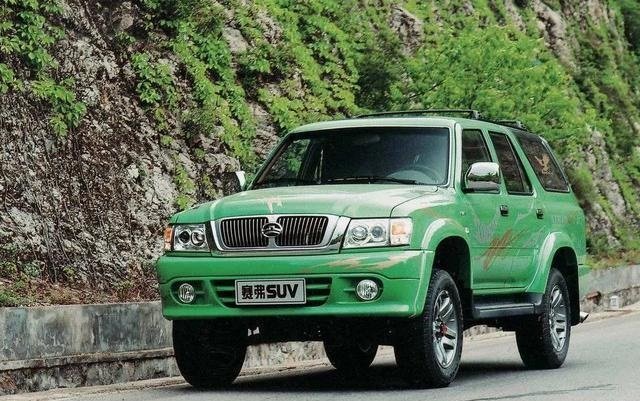
With capital, technology accumulation, and a certain market reputation, everything is ready. Wei Jianjun believes that the time for Great Wall to open the car market is ripe. On March 8, 2008, Great Wall Motor’s first sedan, the Genie, was officially launched, with a price of 43,900-53,900 yuan.
This is a compact car. At that time, the biggest rival of the Elf was Chery QQ. It was equipped with a 1.0L engine and the price was only about 30,000. The Genie wants to take a differentiated performance route, and the 1.3L engine and chassis are also better. However, consumers in this segment are obviously concerned about the cost-effectiveness, and the performance of the Genie has not met the expectations of the Great Wall.
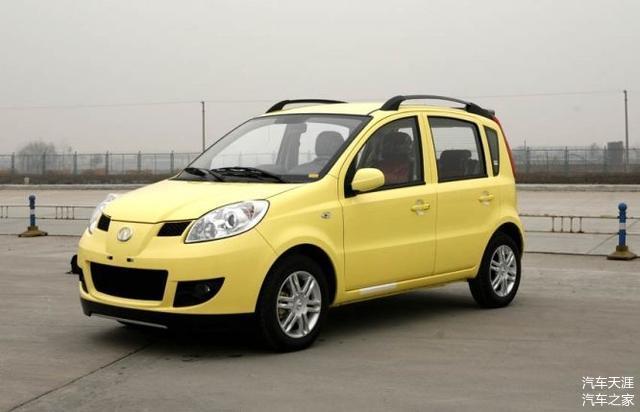
The unwilling Great Wall has launched a hatchback sedan – Cool Bear. Wei Jianjun tried to focus on the niche market with the design of classic cars and personalized styling. However, consumers did not buy it. From the launch in March 2009 to the discontinuation of production in early 2011, the Cool Bear has only existed in the market for more than a year, and the cumulative sales volume was only 13,000 units.

Obviously, whether it is the Elf or the Cool Bear, these two models are the products of Great Wall’s decision, and they are products designed by Great Wall’s wishful thinking out of market demand. The two defeats deeply stimulated Wei Jianjun, prompting him to erect a stone tablet in front of the Great Wall Motors office building to record the mistakes made during the development of the Great Wall. The teacher who never forgets the past and the future, the Great Wall no matter the launch of any product since then, it is based on sufficient market research and guided by the needs of users. Looking at Chinese car companies, there is no semicolon for a company like Great Wall that will “engrave failure in the heart and inscribe it in stone”.
Tough choice, focus on SUV
I don’t know if Wei Jianjun has read “Theory of War”, but I think he and Clausewitz must be the same heroes. .
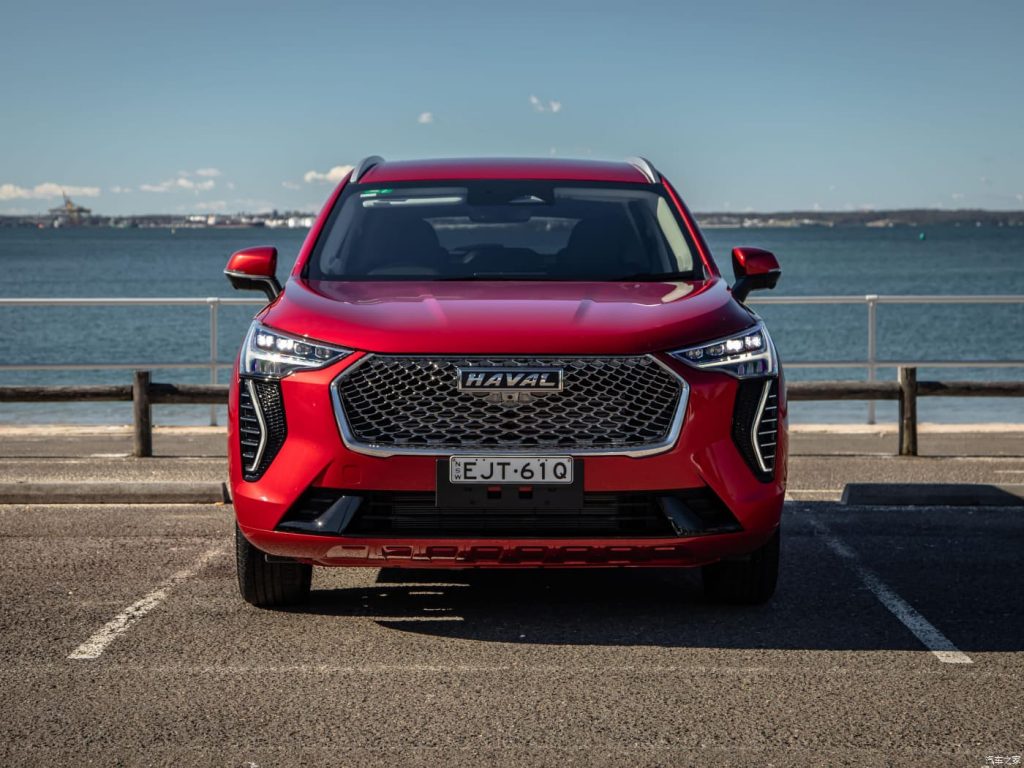
Around 2008, Great Wall has deeply laid out the three markets of pickup trucks, SUVs and sedans, and has given priority to the development of sedans. But at that time, the competition in the car market was extremely fierce. Not to mention the pressure of joint ventures, Chery, Geely, and BYD all had huge advantages. Chery and Geely even launched a multi-brand operation strategy to increase product launch in the sedan market.
For Great Wall, although Tengyi C30 and C50 have just improved, the competitiveness of Great Wall sedans is still weak. Against this background, Wei Jianjun decided to cut into the SUV category with few products and great growth potential, concentrate resources, and strive to be the key point of SUV. Get rid of Chery and catch up with the joint venture.
For a long time after that, Wei Jianjun repeated a sentence: “The principle is this principle, but it is too difficult to start.” Focusing on the early stage of the SUV strategy, Great Wall is being tested every day:
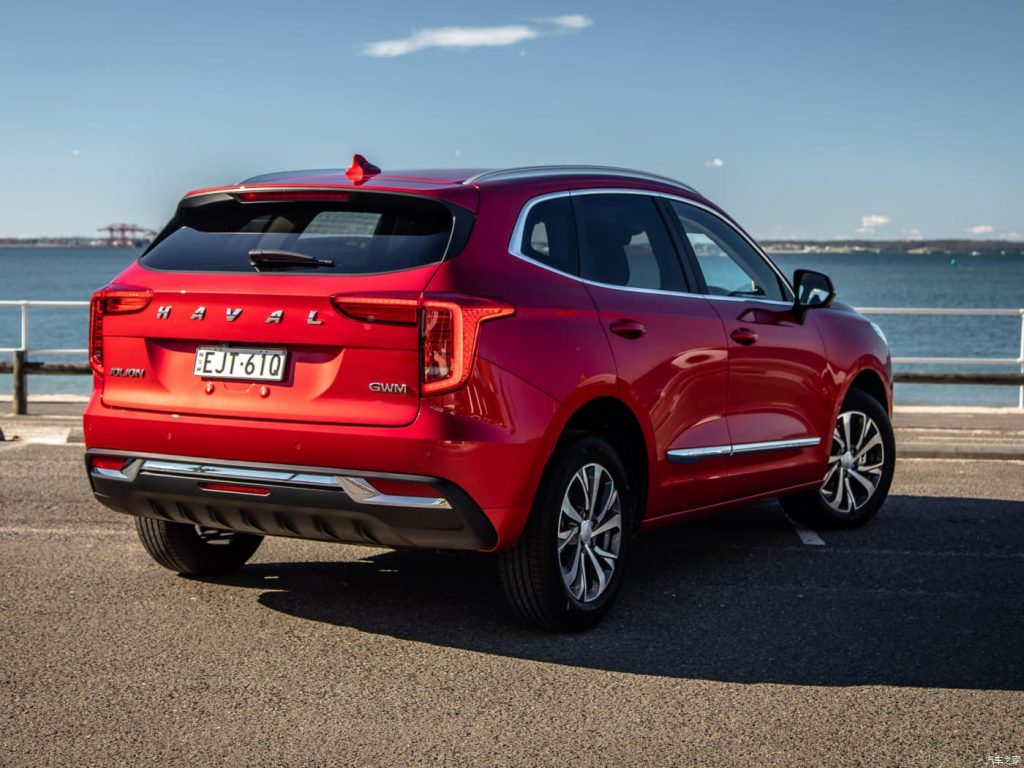
One is the determination to implement the established strategy. You must know that in order to develop sedans, Great Wall has prepared 10 billion yuan, and invested 3 billion yuan in the first phase to establish a sedan industry base. In the process of building and developing several product platforms for sedans, focusing on SUVs has drained this part of the funds. drift.
The second is the temptation of the sedan market. The volume of sedans is much higher than that of SUVs. There has always been a voice in the industry: car companies that do not make sedans cannot become mainstream car brands. In addition, the sales of Tengyi C30 once exceeded 10,000 for many consecutive months, and even approached 20,000, which caused serious strategic planning differences within the Great Wall.
The third is the pressure from shareholders and distributors. Shareholders are concerned about the company’s medium and long-term development plan, while dealers’ sales declined during the transition from sedans to SUVs.
If it weren’t for the instant hit of Haval H6, perhaps we wouldn’t see Haval, the global leader of Chinese SUVs today.
In 2011, Haval H6, which is positioned as an “urban smart SUV”, was launched. It has a novel and elegant appearance, exquisite and practical interior, larger driving space, solid and durable performance, and a surprising price of 95,800-141,800 yuan. yuan price. In the SUV market at that time, the joint venture brand focused on the high-end market of 200,000, and the independent brand was focusing on the sedan. The monthly sales of the popular Tiguan are only around 10,000.
After winning the first sales championship in September 2012, the sales myth of Haval H6 officially started. As of January this year, in the past 8 years, it has won the championship of the SUV overall list for 80 months, and the monthly sales even reached 80,000. It has become a veritable national car. More importantly, Haval H6 has played a very good role in demonstration. Since then, including Boyue, Changan CS75, and Trumpchi GS4 have been launched. The independent brand has not only achieved the overtake of the joint venture brand in sales in the market segment, but also gradually Completed the product upgrade from low-end to mid-to-high-end.
For Great Wall itself, Haval H6 not only brought huge profits, but also unified the internal and external voices focusing on SUV strategy. But Wei Jianjun was not satisfied with this. After capturing the economical SUV market, he aimed at high-end SUVs. In 2015, Haval H8 was launched, and its own brand officially challenged the 200,000 price ceiling. Great Wall made a good start, including the later Trumpchi GS8.
It is the WEY brand that Wei Jianjun gambled on his surname that really allowed Great Wall to gain a foothold in the high-end SUV field.
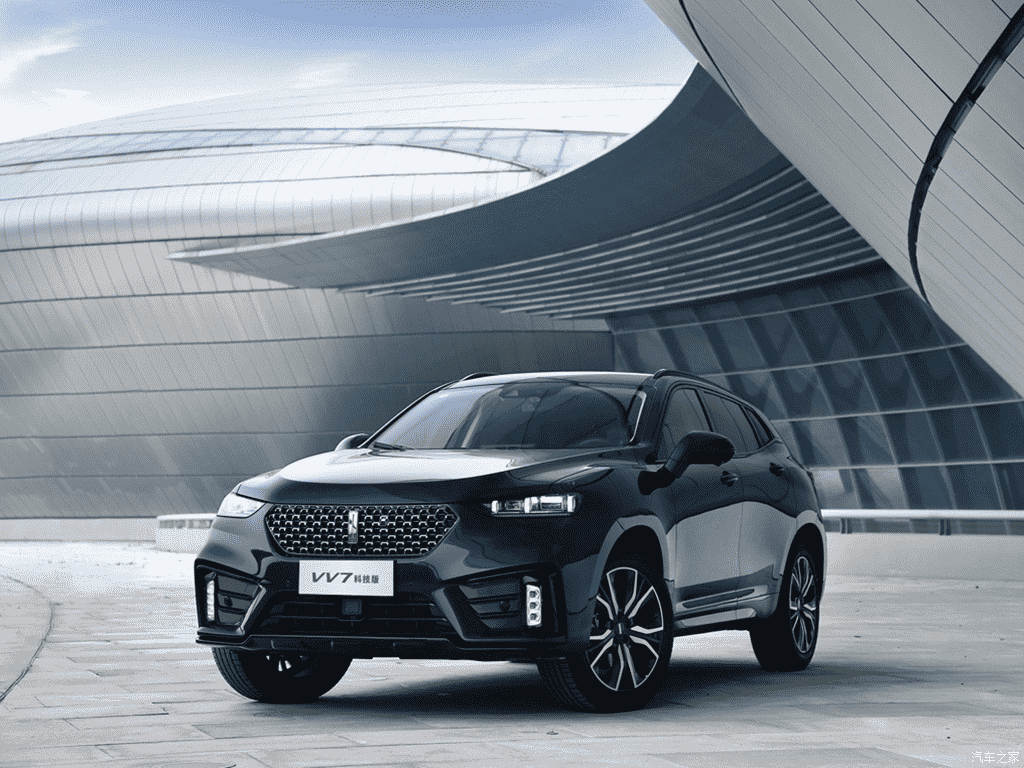
In November 2016, the WEY brand was established; in April 2017, the first model VV7 was launched. Over the past three years, WEY has accumulated sales of over 300,000 vehicles, becoming the first Chinese luxury brand to exceed the 300,000-vehicle mark, and is competing In the most intense 150,000-200,000 yuan market segment, the sales volume ranks among the top three, and the brand image of Chinese luxury and hard core safety is gradually taking shape in the terminal.
VV5 and VV7 not only achieved good sales of over 10,000 sales, but also repeatedly overwhelmed similar joint venture models such as Qijun, CR-V and Qashqai, becoming the hope and benchmark for domestic SUVs to attack joint venture brands. The Haval brand has been the top-selling SUV in the Chinese market for ten consecutive years.
The leader of China’s SUV, the pathfinder to the world
The goal of Great Wall is not only to be the number one in China, but also to replace Jeep as the world number one in the SUV field.
On January 13, 2019, Great Wall Motor released its globalization strategy – “521”:
Standing on the basis of accumulative sales of 5 million units, Great Wall will take 5 years to achieve annual sales of 2 million units and become the No. 1 brand of Haval in the world for professional SUVs.
Over the past year, Great Wall has continued to conquer cities and territories in the international market. The speed, strength and breadth of investment have shocked the outside world.
In June 2019, Great Wall Motor’s first overseas full-process vehicle factory, Russia’s Tula Factory, was put into operation. It will be connected to KD factories in Ecuador, Malaysia, Tunisia, etc., and become the bridgehead for Haval to enter the European market;
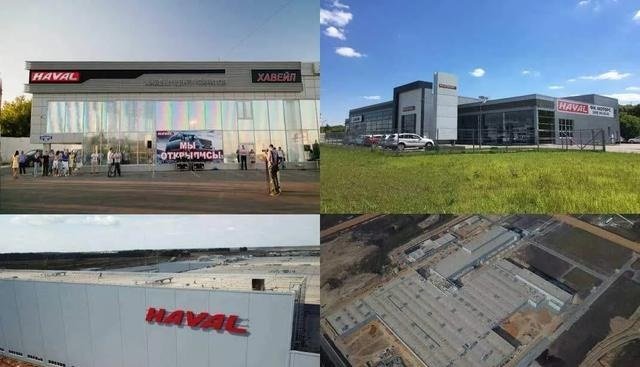
In January 2020, Great Wall Motor acquired GM’s Tarigang plant in India. In this huge blue ocean market, what Great Wall has to do is to seize a market that belongs to Chinese brands in the process of its rise;
In February 2020, Great Wall Motor acquired General Motors’ manufacturing plant in Rayong, Thailand. The purpose is to radiate to the 10 ASEAN countries with this as the center, and to become one of the most influential foreign brands in ASEAN like Toyota and Honda.
As Wei Jianjun said:
“Haval is not only to be the leader of SUVs in China, but also to be a pathfinder for going global”.
On the one hand, relying on emerging auto markets such as Russia, India, and ASEAN, Great Wall achieved global sales growth after a period of bottlenecks in domestic sales and accelerated its catch-up with Jeep; on the other hand, as one of the most representative Chinese brands First, the rapid expansion of Great Wall is not only to enhance the international influence of Chinese brands, but also to provide valuable experience for more independent brands to go global.
At present, Great Wall has set up overseas R&D centers in Japan, the United States, Germany, India, Austria and South Korea, and has built a “seven countries and ten places” R&D pattern and “9+5” with Baoding headquarters as the core, covering Europe, Asia and North America. Global production layout, and more than 500 high-quality distribution networks have been established in more than 60 overseas countries, with products all over the world. From R&D, procurement, to production and sales, the globalization system of Great Wall Motors has been formed, which is the bottom line for Great Wall to go global.
The Great Wall of Technology You Don’t Know
When it comes to technical representatives of independent brands, many people may think of Chery and Changan for the first time, but what is less well-known is that Great Wall is also a “tech house” and a “man of science and technology”, just compared to the former two car companies dominated Technology, some of the core technologies of Great Wall have always been dominated by the holding parts company. Naturally, few people know about it behind the scenes, but the most intuitive feedback is reflected in the products.
As early as 2000, Great Wall established Great Wall Internal Combustion Engine Company. By introducing advanced manufacturing equipment to produce multi-point EFI engines, it has basically achieved self-sufficiency. At present, Great Wall has several engine production bases.
In 2018, Great Wall spun off its component industry and upgraded them from the previous “division” to an independent market-oriented component company, covering almost the entire industry from powertrain to interior and exterior parts to new energy technology. chain. Mainly for the four parts companies of Noble Automobile, Mind Electronics, Honeycomb Yichuang and Honeycomb Energy. They are like Toyota Boshoku and Aisin under Toyota. They not only supply group companies, but also other OEMs. supply.

In particular, Honeycomb Yichuang has mastered a number of core technologies. For example, the new generation 4N20 series engine, the first product 1.5T GDIT engine, its thermal efficiency is as high as 38.3%, which has reached the international first camp of the current internal combustion engine power thermal efficiency. In addition, technologies such as cylinder cut control, 48V mild mixing, and lean combustion will be applied to this series of engines;
For another example, the world’s first 9-speed wet dual-clutch transmission, through the design of built-in TCU, narrow tooth width and thin synchronizer, after adding a two-stage speed ratio transmission, the weight is compared with the traditional seven-speed dual-clutch. The gearbox is still reduced by 10%, and the overall work efficiency has been improved by 3.5%, which is bound to provide better performance and fuel economy for the next Great Wall series products;
Also in the field of new energy power in the future, Honeycomb Yichuang released the 6001 electric drive axle assembly. Its biggest advantage lies in the integration of the motor, the controller and the reducer in the structure, and the integrated electric drive system is smaller in size, which makes it possible to carry a larger battery pack and expand the internal structure.
It can be said that from a technical point of view, Great Wall is not inferior to Chery in the three major fields of fuel vehicles, not to mention that it has a leading edge in new energy, and Great Wall’s ambition can also be seen from the gradual maturity of Great Wall Parts Company. , that is, to build a huge auto industry kingdom like Toyota, and completely get rid of the situation that the core components of independent brands are controlled by others.
Make small but daily progress
Netizens who are familiar with Great Wall know that the phrase “Improve a little every day” is engraved on the headquarters of Great Wall and in the most conspicuous position of the Baoding factory. This is the corporate culture of Great Wall and the goal that every Great Wall person strives for.
Different from other companies whose goals are lofty and ambitious, Great Wall’s goals are simple and clear. From technology research and development to manufacturing to sales, they must make a little progress every day, and the results are most intuitively reflected in the product pedigree of Great Wall. middle.
The Haval brand has grown from the thriving H series in the past to the blooming of both H series and F series. What we see is not only the gradual maturity of the design field of the Great Wall Haval brand, but also the ease between H series atmospheric fashion and F series personality and trendy styling; The overall progress in intelligence and performance, for example, the Haval H6 GT version can complete zero-to-100 acceleration in 7.6 seconds, and the Haval F7x is the only coupe SUV in the “150,000 price range to enter the 100 km acceleration club in 6 seconds”.
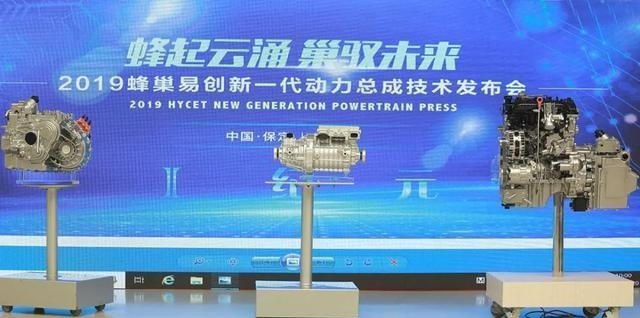
In the pickup market, Fengjun used to be a solid and durable representative, but the appearance of the Great Wall Cannon shows us the improvement of the strength of the Great Wall pickup, 2.0T+ZF 8AT gearbox, multi-link rear suspension, plus high-end, comfortable It is a pickup with both performance and comfort.
It can be said that it is this corporate culture of “making a little bit of progress every day”, which has made us see the powerful Great Wall Motors now.
Summarize
There is such a story in the bible: the stone falls on the vase, and the vase is broken; the vase falls on the stone, and the vase is broken. This is the Jewish sages admonishing their children and grandchildren, must strive to become that stone.
Since the Great Wall started its business nearly 30 years ago, all of Wei Jianjun’s efforts have contributed to one thing: focus on combat power, focus on a situation, and make the Great Wall grow into a stone enough to break a vase. In the early days, Wei Jianjun used the pickup curve to save the country, surrounded the city from the rural market, and saved Great Wall, which was on the verge of bankruptcy. Looking around the world, trying to build Great Wall into a truly international company.
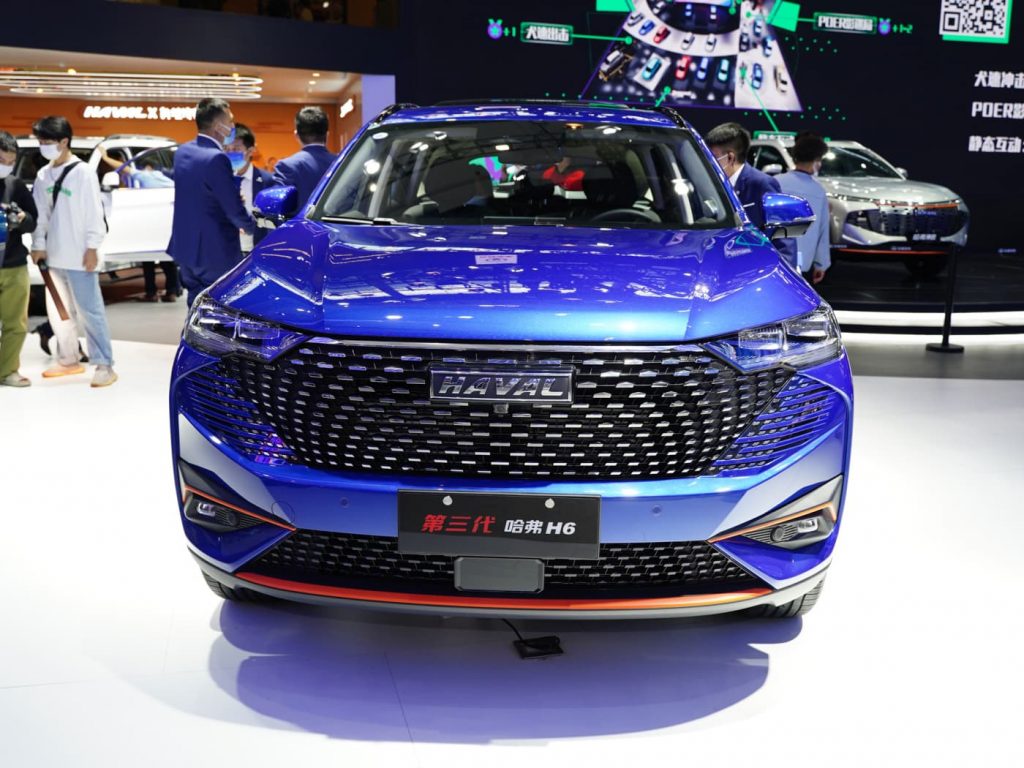
Wei Jianjun once said, “I hope to compete with international brands on the world car stage, and let Chinese cars run all over the world.” With the efforts of more Great Walls, I think such a future will eventually come true.

